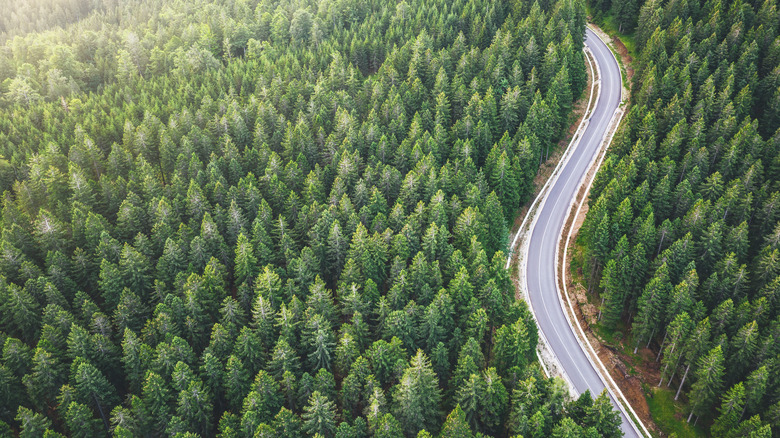When you’re visiting one of the many awe-inspiring national parks in the U.S., there is one thing that you should leave at home. Even though there are many great photo-taking opportunities in these places, using your drone is strictly prohibited. They refer to drones as “unmanned aircraft,” and they were banned under federal law in 2014.
This ban extends to all 417 of America’s beautiful national parks and includes historic sites, trails, coasts, monuments, battlefields, rivers, and any other natural properties that they manage. The National Park Service has said the ban is because of the risk of disturbing wildlife, making noise, and creating a safety hazard for visitors or its staff. Drones can also distract from the peace and quiet many visitors seek when hiking in a national park. The fine for breaking these rules can be up to $5,000 or even jail time. In some circumstances, a park superintendent may grant a drone permit if there is an important reason why you need to collect footage of a certain park, such as for research or to assist in a search and rescue mission.
More places where drones are banned in the U.S.

It’s not only national parks that have banned drones in the U.S., as these devices can create problems like accidents or even threaten national security. They are strictly banned from airports because they can crash into airplanes which can cause damage or other problems. Unsurprisingly, drones are not allowed in the airspace above the White House or the Pentagon, due to the highly classified activities that go on at these places.
Military bases are another no-no because they have their own aircraft that fly in these areas. Area 51 is also off-limits as, despite rumors of aliens, it is used for U.S. Air Force training. Always check before you drone, as some places put in temporary flight restrictions (TFR) in the case of unique events or environmental issues such as wildfires. Designated wilderness and primitive regions are also a no-go for drones. There are, however, places where you can drone without violating the law or being fined.
Where can you drone?

It is possible to drone in airspace designated as “Class G,” except for any restricted no-fly areas within it. While national parks are off-limits, droning is still allowed in many spectacular state parks, some of which have similar landscapes. Flying is permitted on National Forest System lands, so long as FAA (Federal Aviation Administration) regulations are adhered to at all times. It is also allowed in many local parks and on Bureau of Land Management land.
The FFA has a B4UFLY service that operates through four approved providers that you can use to find somewhere safe and legal to fly your drone. These are Airspace Link, Autopylot, Avision, and UAsidekick, which are all available as an app to download onto your phone. Using one of these maps will become your best friend while droning, as they can help keep you out of trouble with the authorities. If you do your research before you go and stick to permitted areas, the only thing you’ll need to worry about while flying is capturing great images.

